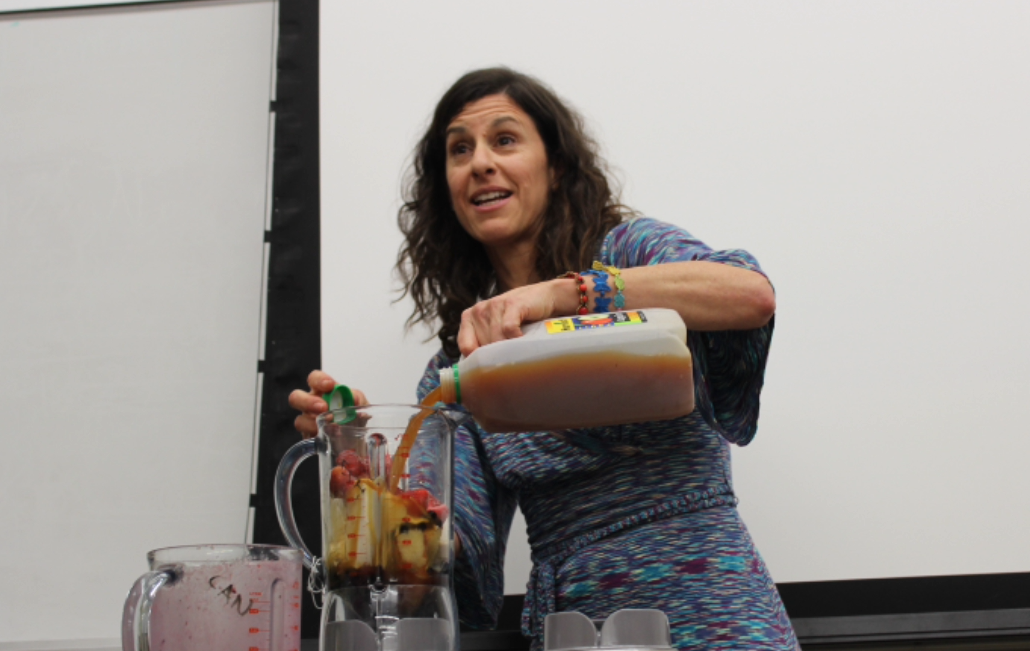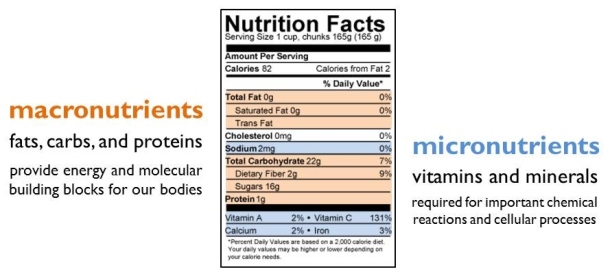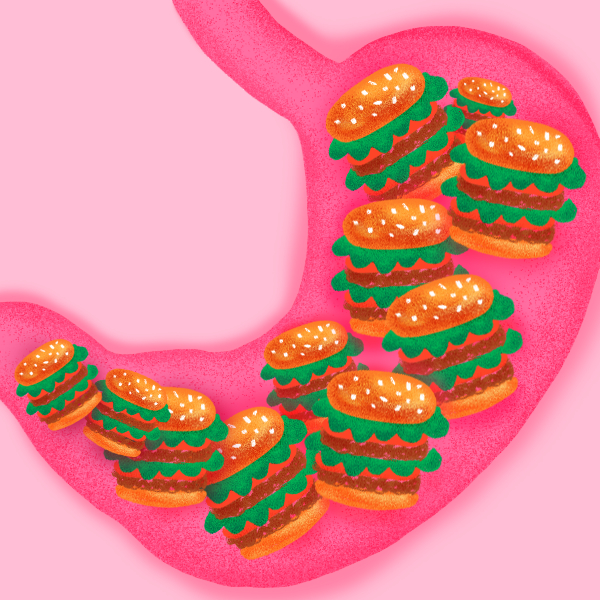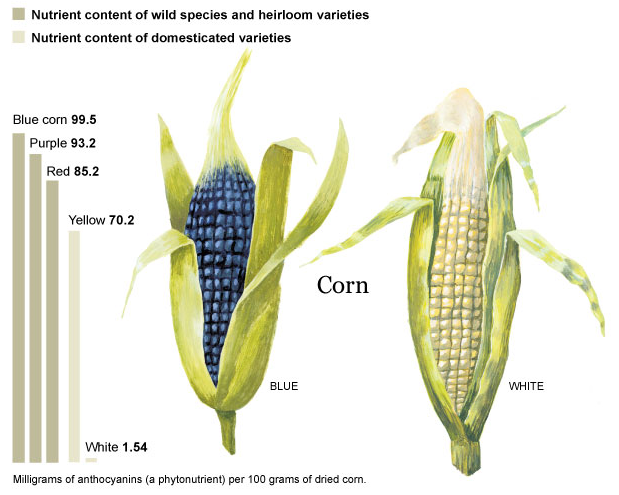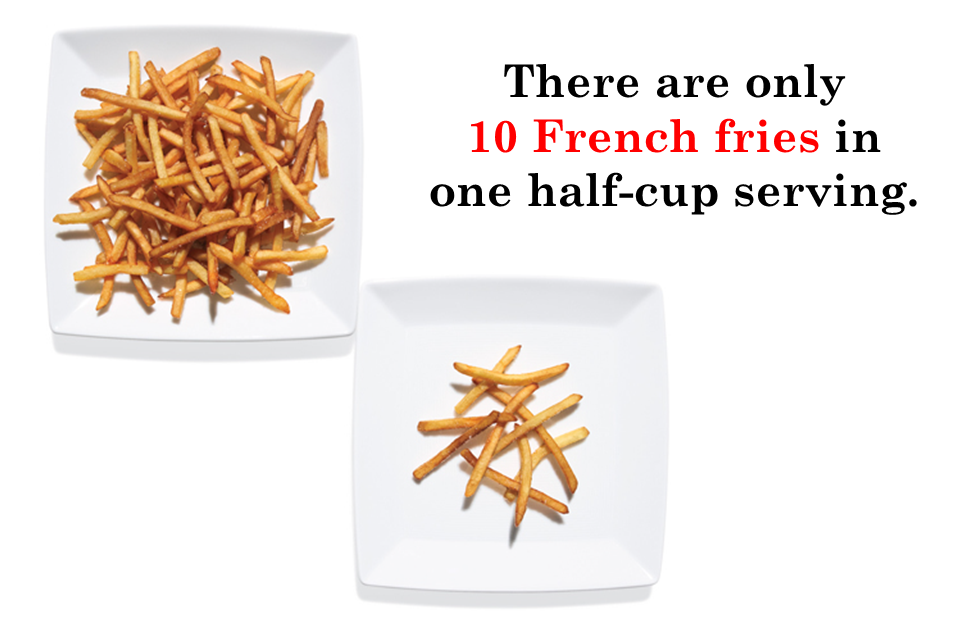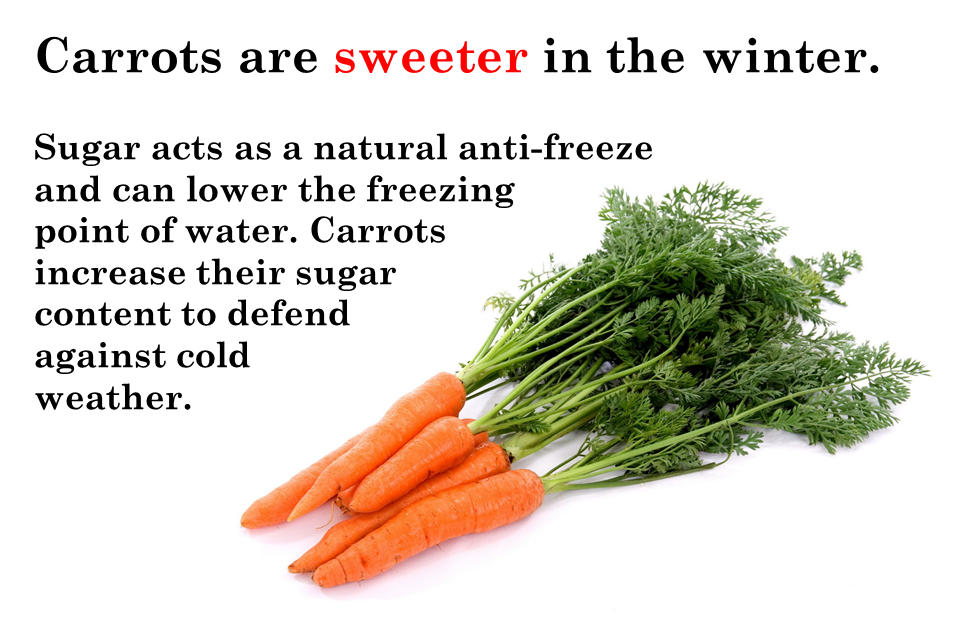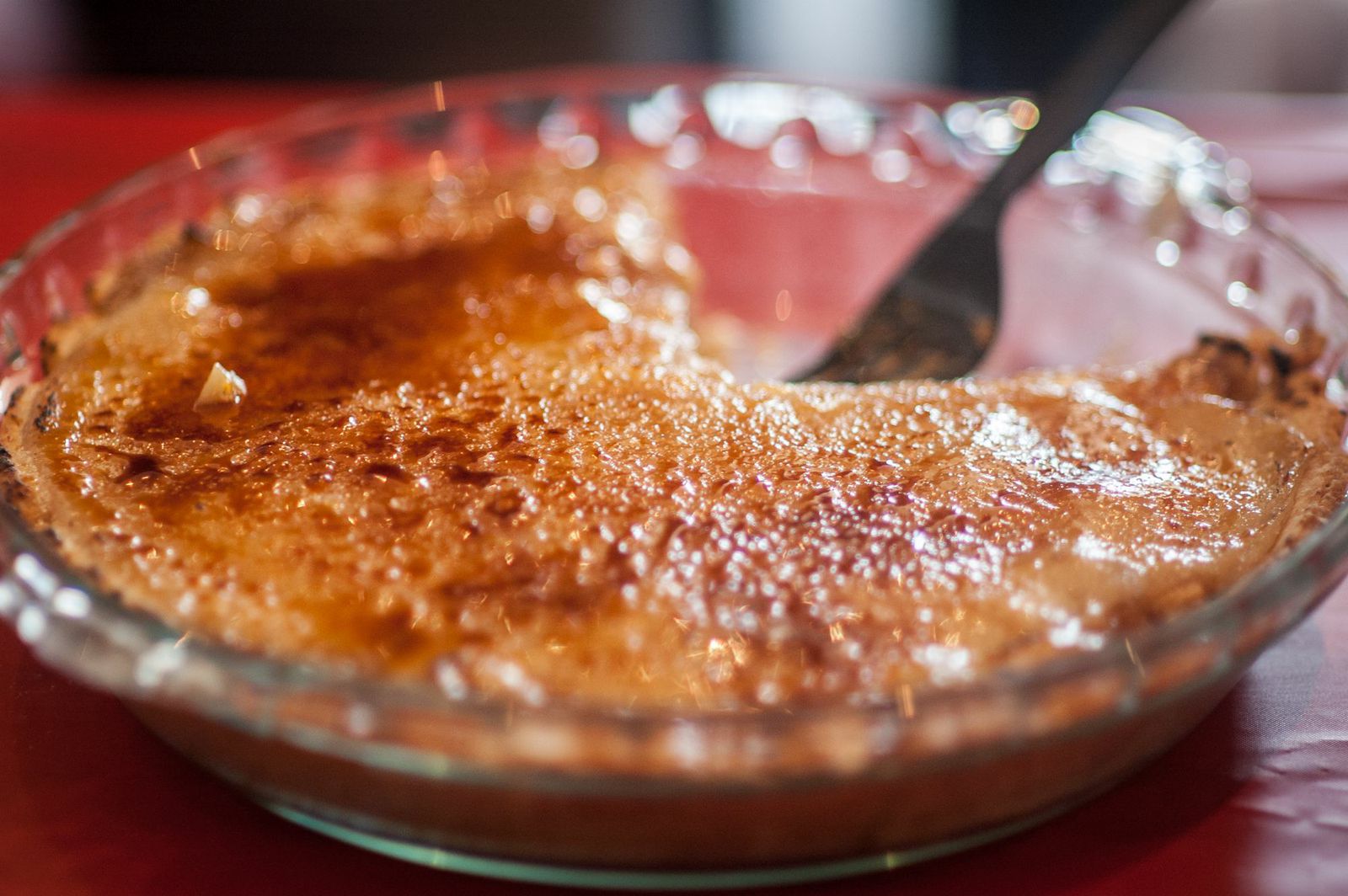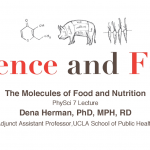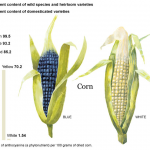Super Antioxidant Fruit Smoothie
If you take a look at the Nutrition Facts panel on your favorite snack, you can learn a lot about the different molecules in your food. These molecules—fats, proteins, carbs, vitamins, and minerals—are essential for our health: they provide energy for our bodies and can be recycled to form the molecular building blocks of our cells. Many of these molecules even promote specific molecular processes: Vitamin C helps build the collagen in connective tissue [1], while iron allows oxygen to bind red blood cells and be transported through the body [2].
But there’s an entire class of nutrients you won’t find listed in the Nutrition Facts: phytonutrients. While phytonutrients (also called phytochemicals) are not essential for our survival, they can have beneficial effects on our health. Trendy “superfoods” are often high in phytonutrients like resveratrol, flavonoids, or antioxidants.
This fruit smoothie recipe from Dr. Dena Herman packs a big punch of antioxidants thanks to a generous serving of antioxidant-rich berries. Antioxidants are a large group of chemicals that have the ability to counteract a process called oxidation. A material is “oxidized” when it loses electrons through a chemical reaction; antioxidants can impair this process by giving up electrons and becoming oxidized themselves. For example, apples that are cut and exposed to the air will quickly turn brown as oxygen interacts with and oxidizes molecules in the fruit’s tissue. Lemon juice can prevent this oxidative browning because it contains antioxidant molecules like Vitamin C.
In our bodies, oxidation can lead to cellular damage by breaking down important molecules like proteins, fats, and even DNA. Molecules that promote oxidative damage not only come from environmental factors like air pollutants, smoke, and UV radiation, but can also come from our own bodies as a byproduct of many cellular and metabolic processes. Our bodies are equipped to deal with moderate amounts of damage; however, extensive “oxidative stress” can wreak havoc on our cells and may contribute to the development of cancer, insulin resistance, and several cardiovascular and neurological diseases [3,4]. Consuming foods rich in antioxidants is thought to help counteract such harmful oxidative stress.
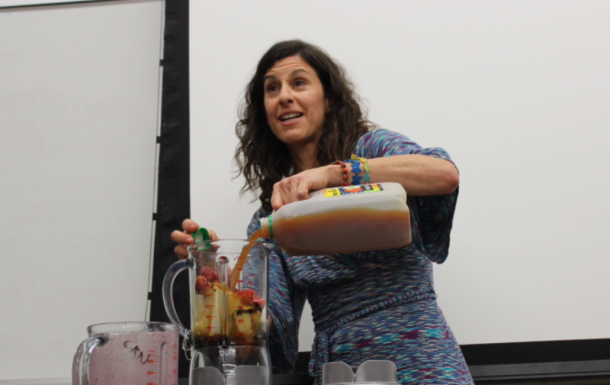
Dr. Herman prepares her Super Antioxidant Fruit Smoothie during a 2013 Science & Food course lecture.
The Recipe:
Makes about 4-6, 8 oz glasses
1 package silken tofu or soft tofu
1–1½ bananas
2 cups mixed frozen berries*
2–3 tbsp apple juice concentrate
Water or unfiltered apple juice, enough to blend
*Other types of frozen fruit will work, but do not include citrus as it will curdle with tofu. Berries are used in this recipe because they are a great source of antioxidants.
- Blend all ingredients in a blender until smooth.
- Adjust to desired consistency by adding more water or unfiltered apple juice.
- Serve immediately and enjoy!
Online Resources
- USDA Agricultural Research Service, “Phytonutrient FAQs”
- Harvard School of Public Health, “Antioxidants: Beyond the Hype”
- NIH MedlinePlus, “Antioxidants”
- Scientific American, “Is the Free-Radical Theory of Aging Dead?”
- NIH Research Radio Podcast on Resveratrol
References Cited
- Van Robertson WB, Schwartz B (1953) Ascorbic acid and the formation of collagen. J Biol Chem 201: 689–696.
- Dallman PR (1986) Biochemical basis for the manifestations of iron deficiency. Annu Rev Nutr 6: 13–40. doi:10.1146/annurev.nu.06.070186.000305.
- Houstis N, Rosen ED, Lander ES (2006) Reactive oxygen species have a causal role in multiple forms of insulin resistance. Nature 440: 944–948. doi:10.1038/nature04634.
- Figueira TR, Barros MH, Camargo AA, Castilho RF, Ferreira JCB, et al. (2013) Mitochondria as a Source of Reactive Oxygen and Nitrogen Species: From Molecular Mechanisms to Human Health. Antioxidants Redox Signal 18: 2029–2074. doi:10.1089/ars.2012.4729.
 About the author: Liz Roth-Johnson is a Ph.D. candidate in Molecular Biology at UCLA. If she’s not in the lab, you can usually find her experimenting in the kitchen.
About the author: Liz Roth-Johnson is a Ph.D. candidate in Molecular Biology at UCLA. If she’s not in the lab, you can usually find her experimenting in the kitchen.

